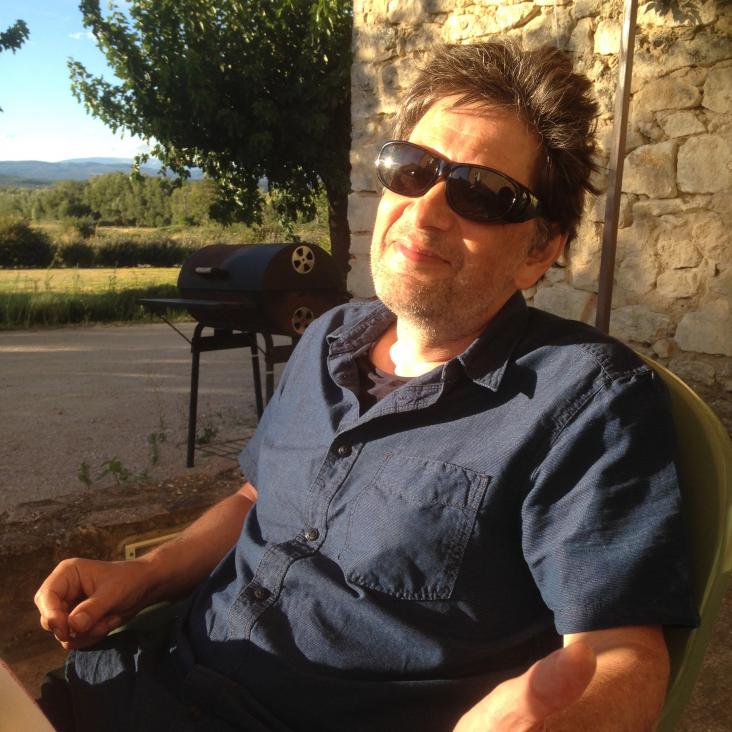Discrete Symmetries of Calabi–Yau Hypersurfaces in Toric Four-Folds
Communications in Mathematical Physics (2017) 1-50
Abstract:
© 2017 The Author(s) We analyze freely-acting discrete symmetries of Calabi–Yau three-folds defined as hypersurfaces in ambient toric four-folds. An algorithm that allows the systematic classification of such symmetries which are linearly realised on the toric ambient space is devised. This algorithm is applied to all Calabi–Yau manifolds with (Formula presented.) obtained by triangulation from the Kreuzer–Skarke list, a list of some 350 manifolds. All previously known freely-acting symmetries on these manifolds are correctly reproduced and we find five manifolds with freely-acting symmetries. These include a single new example, a manifold with a (Formula presented.) symmetry where only one of the (Formula presented.) factors was previously known. In addition, a new freely-acting (Formula presented.) symmetry is constructed for a manifold with (Formula presented.). While our results show that there are more freely-acting symmetries within the Kreuzer–Skarke set than previously known, it appears that such symmetries are relatively rare.Heterotic instanton superpotentials from complete intersection Calabi-Yau manifolds
JOURNAL OF HIGH ENERGY PHYSICS (2017) ARTN 032
Discrete Symmetries of Complete Intersection Calabi-Yau Manifolds
(2017)
Discrete symmetries of complete intersection Calabi-Yau manifolds
(2017)
Abstract:
In this paper, we classify non-freely acting discrete symmetries of complete intersection Calabi- Yau manifolds and their quotients by freely-acting symmetries. These non-freely acting symmetries can appear as symmetries of low-energy theories resulting from string compactifications on these Calabi-Yau manifolds, particularly in the context of the heterotic string. Hence, our results are relevant for four-dimensional model building with discrete symmetries and they give an indication which symmetries of this kind can be expected from string theory. For the 1695 known quotients of complete intersection manifolds by freely-acting discrete symmetries, non-freely-acting, generic symmetries arise in 381 cases and are, therefore, a relatively common feature of these manifolds. We find that 9 different discrete groups appear, ranging in group order from 2 to 18, and that both regular symmetries and R-symmetries are possible.Heterotic Instanton Superpotentials from Complete Intersection Calabi-Yau Manifolds
(2017)


